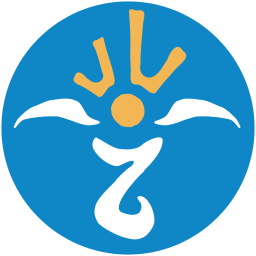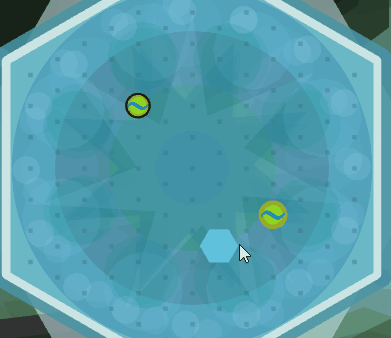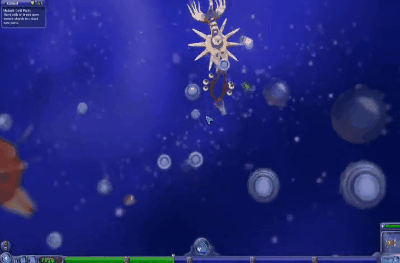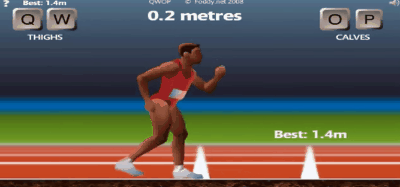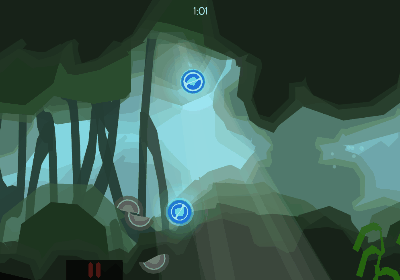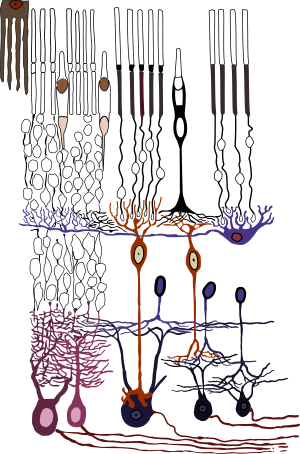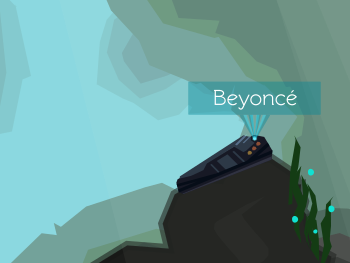Wicklog #12 - Gameplay objectives, OMSI, and reward status update
Last week I showed Crescent Loom at the Seattle Indie Expo (and it got some of the best, most enthusiastic responses yet!) and then came back to a Columbia Gorge On Fire. Needless to say, I got a little less in the way of development done than usual.I ended up heading out to my parent’s house to be on hand to help with the evacuation if necessary, but thanks to the work of our firefighters (and a little luck), the fire didn’t burn any homes and is now stalled out. Yay!
OMSI Mini Maker Faire
I’ll be showing Crescent Loom at the OMSI mini maker faire this weekend (Sept 16 & 17). The mini maker faire last year was the very first public showing of CL, so this is officially the end of the first year of development!
Before & after:
Not too bad for a year of work. :)
Brain Gui
In the continuing saga of designing an easy-to-use toolkit for moving and connecting cells, I debuted a new system at SIX that I think works pretty darn well. Now, when you mouse over a cell, a few icons automatically pop up that you can click on to do connect, move, or change the cell type:
This is it, I think! It uses only one button (normal mouse click), allows people to do the most common action (connecting cells) by just clicking on a cell and dragging, and makes how to move cells easy-to-discover and easy-to-access. Additionally, I was able to add a button to easy flip cell and synapse types, which is a function that people were having problems discovering.
The biggest drawback is that it can cover up/clutter the workspace. I don’t think it’s too bad a problem since it only shows up on mouse-over and I’ve skipped the dark backdrop for the center (connect) icon. It just makes managing clutter something I need to keep in mind going forward.
Not gonna lie, I’m pretty proud of this solution. We’ll see if it survives contact with children at OMSI this weekend.
Gameplay Objectives
The most common reaction I’ve seen of late has been “Cool! ...but then what do creatures do?”
Crescent Loom faces the uncommon constraint that you don’t directly control your creatures. In most games, you move some kind of avatar around with a simple button press. Even Spore, a game that looks a lot like Crescent Loom, is fundamentally different due to the fact that it puts you in direct control of a creature’s movement.
This ease of control frees the design up such that it enables interesting high-level challenges, i.e. you can only jump onto a moving vehicle if you’re not busy thinking about how to move your legs. Anybody who has been handed a controller of an unfamiliar game and given a barrage of instructions before understanding what each button does is familiar with this.
(QWOP is the perfect example: the entire game is about controlling the muscles of a runner individually. Taking even a single step is a significant challenge, which doesn’t leave any design room beyond “well, see how far you can get.”)In Crescent Loom, I’ve tried to minimize the difficulty in getting a basically functional creature. However, the fact that all movement is simulated through physics and not pre-programmed means that the gameplay challenges will always have to stay very simple.
Tragically, this does not lend itself well to the interesting concepts that an evolution/underwater ecosystem suggests. Exploration & overcoming terrain obstacles is hard when you frequently get stuck in corners. Right now it’s hard to avoid walls, much less predators. And making those predators? Right now, the most successful carnivore has been “Chomper”, which just swims blindly around in the hope that it runs into food.
(I don’t mean to say that these things will never become feasible! I have high hopes that as I add better sensory systems in the future, creatures will become more deft.)
Right now, the best ended objective I’ve found is racing. It’s simple (“go straight!”), competitive, people immediately understand it, and it allows for interactions (like eating your opponent). Its primary drawback is that it doesn’t easily fit into the restoring-a-dead-planet’s-ecosystem narrative I’ve been working from.
As far as the tutorial/introduction goes, Alexander Senger suggested after the last update that I frame it as a “creature vet”, which I love. I’ve been struggling with finding ways orient the player and teach the mechanics, and presenting them with a series of creatures with various problems is a natural way to do both (with encouraging them to form an emotional connection to their creatures as a bonus). I don’t know if I’ll be able to fully realize this by the end of the Kickstarter, but I’m excited to have this in my back pocket.
Fulfillment Status Update That You Might Not Read But I Think Is Important To Include For Transparency
“The time has come,” the walrus said, “to speak of how I’m going fulfill all Kickstarter obligations by November 1st, my target date to wrap this thing up.”What, exactly, did past Wick promise in the throes of his crowdfunding delirium, and what’re their statuses?
Stickers: They’re sitting in a box under my bed. I’ve ordered envelopes and a special bonus to include with them. Just gotta send out surveys to get y’alls mailing addresses and then figure out how to best buy a bunch of stamps at once. My goal is to get them in the mail by mid-October.
Ramon y Cajal laser art: Still workin’ on tracing the dang thing. Did you know that neurons have a lot of little wiggly bits? Gonna try to start actually etching next week & start shipping them along with the stickers mid-October.
Creature Collaborations: This is gonna be a little tricky, since it doesn’t make sense to open up submissions for collaborated creatures until the game is mostly feature-complete. I think the way I’ll do it is to send out a special version of the game to everybody after November 1st that will allow you to build + upload your creature, and then I’ll include those creatures in subsequent versions of the game.
Nemesis/Survivor names: I’ll ask for these in the survey. For survivors, they’ll show up ingame sorta like this:The name will pop up when you get close to the pod. I haven’t designed the Nemesis pods yet, but will probably be conch-shell-like.
Narrative Package: To be perfectly honest, I’m not sure what I was thinking when I adde this tier halfway through the campaign. Voice acting? I’ve never implemented voice acting before. Ah well, definitely gonna be interesting. I’ll be asking for these in the survey too, but we’re gonna keep them short with a 140-character-max. They’ll play automatically when players approach the pod, along with the name.
Hour-long neuroscience chats: I really should have been doing these along the way. I’ll be reaching out to the 8 of you who got these privately in the next two weeks to start scheduling them.
OK, time to get back to work. A lot to do, never enough time to.
